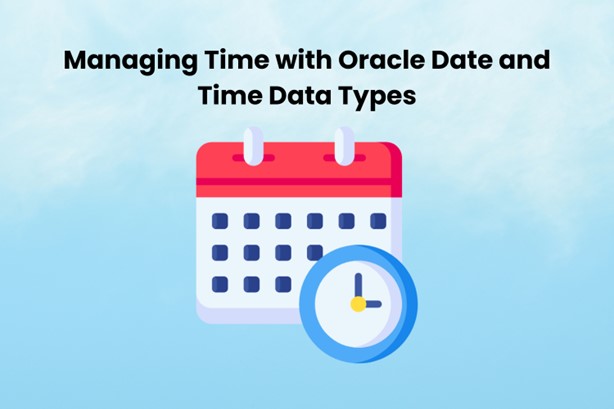Introduction
Python Programming Classes Online emphasize the significance of data visualization within data analysis. This vital skill enables individuals to transform raw data into actionable insights, simplifying the comprehension and communication of intricate information. Python stands out as the preferred programming language among data scientists and analysts, offering an extensive library ecosystem dedicated to data visualization.
Matplotlib and Seaborn are among the most widely used libraries for creating stunning visualizations. While they serve similar purposes, they each have unique strengths and features. In this article, we’ll uncover their powers and explore how to leverage them effectively in a Pythonic manner.
The Power of Matplotlib
A Primer on Matplotlib
Matplotlib is a versatile and widely-used library for creating static, animated, and interactive visualizations in Python. It provides an object-oriented API for embedding plots into applications using general-purpose GUI toolkits, like Tkinter, PyQt, and wxPython.
The Pythonic Approach with Matplotlib
Creating Pythonic visualizations with Matplotlib involves following best practices and conventions that make your code clean, readable, and maintainable. Here are some tips to achieve this:
- Use a Consistent Coding Style: Adopt a consistent coding style, such as the PEP 8 style guide, to make your code more Pythonic.
- Leverage Object-Oriented Interface: Matplotlib provides both a functional and an object-oriented interface. While the functional interface is more common for simple plots, the object-oriented approach is more Pythonic and powerful. It allows you to create reusable and modular code.
- Add Comments and Docstrings: Explain your code with comments and docstrings to make it understandable to others. It’s essential to document your visualizations, especially in collaborative projects.
- Utilize Context Managers: Context managers, like `with`, help manage resources effectively. They ensure that the plot is properly closed and resources are released after use, making your code more Pythonic.
- Explore the Gallery: Matplotlib has an extensive gallery of example plots on its website. You can use these examples as a reference for creating Pythonic visualizations.
The Charm of Seaborn
Unveiling Seaborn
Seaborn is a high-level data visualization library built on top of Matplotlib. It simplifies the process of creating aesthetically pleasing and informative statistical graphics. Seaborn comes with a plethora of built-in themes and color palettes, making it easier to produce beautiful plots without extensive customization.
To create Pythonic visualizations with Seaborn, follow these practices:
- Leverage Seaborn’s Built-in Themes: Seaborn’s built-in themes, such as “dark grid” or “white grid,” can make your plots look more polished and professional without extensive customization.
- Understand Seaborn’s Data Structure: Seaborn works best with tidy data, where each variable is in a column and each observation in a row. Make sure your data is structured this way to take full advantage of Seaborn’s capabilities.
- Embrace the “FacetGrid“: Seaborn’s `FacetGrid` is a powerful tool for creating complex multi-plot grids. It allows you to efficiently visualize relationships between multiple variables.
- Use Appropriate Plot Functions: Seaborn offers various plot functions designed for specific tasks, such as `scatterplot`, `barplot`, and `heatmap`. Choose the one that best fits your data and visualization goal.
Combining Matplotlib and Seaborn
While Matplotlib and Seaborn are powerful tools on their own, they can also complement each other to create sophisticated and Pythonic visualizations. Matplotlib provides fine-grained control, while Seaborn simplifies the aesthetics and statistical plotting. Here’s how you can combine them effectively:
Conclusion
Taking a Python Programming Online Course can empower you with the skills to harness the formidable capabilities of Matplotlib and Seaborn for data visualization. Through this course, you’ll learn to embrace a Pythonic approach, enabling you to craft clean, maintainable, and aesthetically pleasing visualizations that effectively convey your data’s insights. Leveraging the flexibility of Matplotlib and the simplicity of Seaborn becomes second nature as you progress in your Python programming journey.
In this journey through the realm of Pythonic data imagination, we’ve explored the capabilities of both libraries and provided tips to













